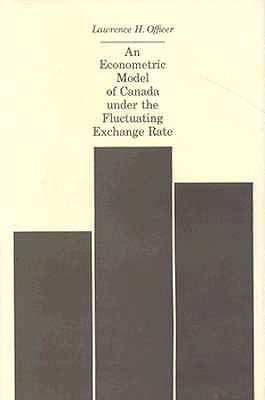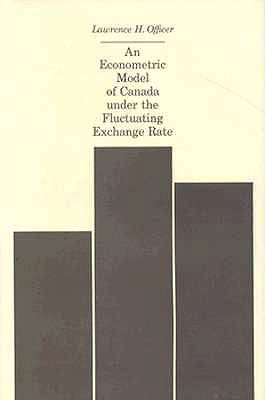
- Afhalen na 1 uur in een winkel met voorraad
- Gratis thuislevering in België vanaf € 30
- Ruim aanbod met 7 miljoen producten
- Afhalen na 1 uur in een winkel met voorraad
- Gratis thuislevering in België vanaf € 30
- Ruim aanbod met 7 miljoen producten
Zoeken
An Econometric Model of Canada Under the Fluctuating Exchange Rate
Lawrence H Officer
€ 60,45
+ 120 punten
Omschrijving
Between September 30, 1950, and May 2, 1962, the value of the Canadian dollar was allowed to fluctuate. This situation, in conjunction with an abundance of Canadian quantitative data, provided Lawrence Officer with a unique opportunity to test theories concerning an economy under the influence of a fluctuating exchange rate. In order to explain the fluctuations that occurred, Mr. Officer set up a model of Canada's economy for the relevant time period. In contrast to conventional models, the exchange rate is the key variable in the system and the foreign sector receives particular attention because of its primary role in determining the exchange rate.
Specificaties
Betrokkenen
- Auteur(s):
- Uitgeverij:
Inhoud
- Aantal bladzijden:
- 320
- Taal:
- Engels
- Reeks:
- Reeksnummer:
- nr. 130
Eigenschappen
- Productcode (EAN):
- 9780674225008
- Verschijningsdatum:
- 1/01/1968
- Uitvoering:
- Hardcover
- Formaat:
- Genaaid
- Afmetingen:
- 147 mm x 218 mm
- Gewicht:
- 530 g

Alleen bij Standaard Boekhandel
+ 120 punten op je klantenkaart van Standaard Boekhandel
Beoordelingen
We publiceren alleen reviews die voldoen aan de voorwaarden voor reviews. Bekijk onze voorwaarden voor reviews.








